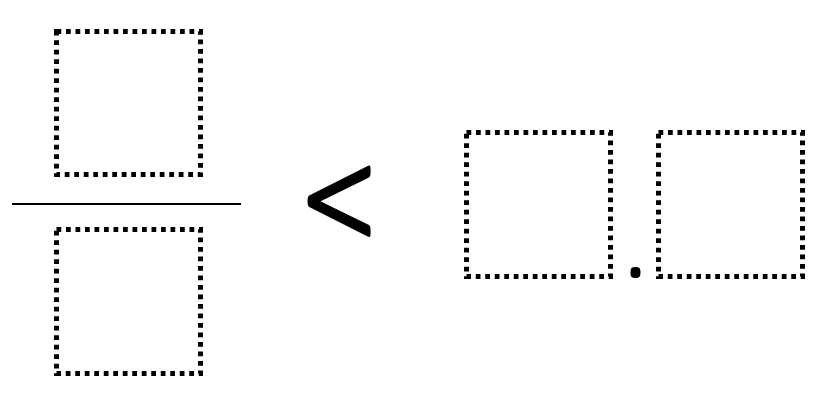Directions: Using the digits 1 to 9 at most one time each, place a digit in each box to make a true statement.

Hint
What would happen if you converted the decimal to a fraction? Or converted the fraction to a decimal?
Answer
There are many answers including 1/2 < 3.4 and 7/8 < 9.1
Source: Owen Kaplinsky
 Open Middle®
Open Middle®



Does the solution also need to be a decimal with digits 1 to 9, or can it include 0 in the one’s place. For example, 4/5= 0.8 .
The solution does not allow the digits zero. A modified version of the problem could include the digit zero.
if it is a decimal must the include the zero because there is no whole number there so you put a zero
Hi Precieux, you can have decimals above 1, such as 3.2. Some examples of this are in the answers tab of the problem.
1/2 < 3.4 too easy